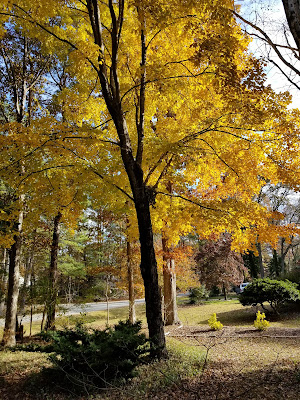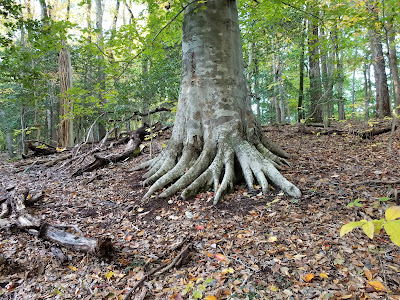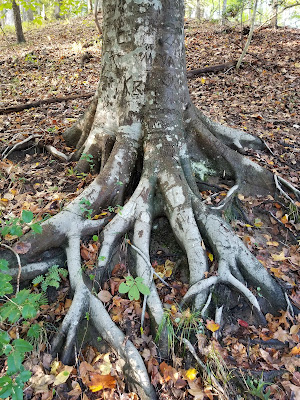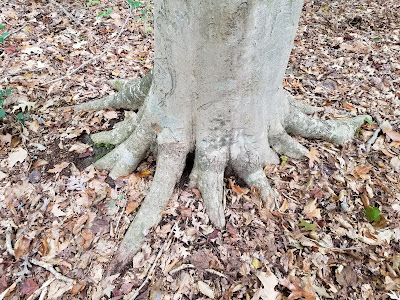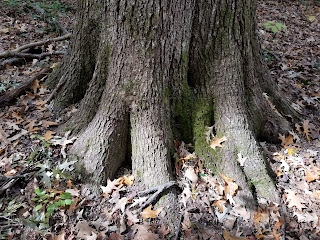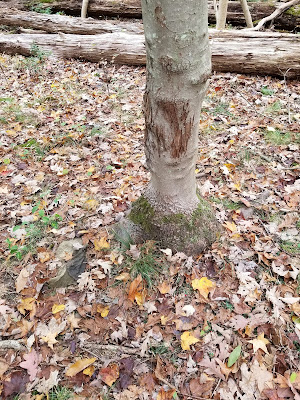My wife and I were discussing whether it would behoove us to eat more vegetarian. But then I was thinking, living here in Virginia would it be better for the environment to eat tofu produced in California or chicken and pork slaughtered here in Virginia? Yes, those animals eat plant based food and produce a lot of waste. However, the transportation cost from farm to my dinner plate surely must be less and thus the energy to transport them. This is an interesting debate to have with yourself and to question with everything you do. I really think we have to live more purposefully; make decisions in our every day life, with the environmental end in mind; and be concerned about leaving a livable planet for future generations.
A colleague of mine bought a large property with a home on it that might not be the mansion that many of us would want to live in. It is a simple home; however, like her handle on Instagram which includes the word "homesteader", she and her husband decided to make is a homestead and try to become independent to some extent. The first year they were there, they raised chickens for the slaughter, planted a garden, which did not do very well (the soil was to heavy), planted an orchard, all the fish in their pond died, but they had fun trying to find solutions and at least make a start. I really think this may be a way of fighting the global climate change crisis, grow things locally and if you grow enough, maybe you can sell some of it at a farmer's market or barter. She chronicled it all on Instagram. Granted she is not there yet. A lady down the street seems to want to do the same on her half acre lot.
I myself, what am I doing? Our yard is wooded, and our vegetable garden is somewhat of a failure since it is mostly in the shade and we are still working stiffs. I promised myself that I would revive it when I retire. We try to heat with wood whenever we can, don't use fertilizer or pesticides. For the rest we do eat vegetarian one or two days a week (no tofu form California though). I bake my own honest bread. Can we do better in battling global warming? I am sure we can. I would love to put solar cells on our roof; however that would mean cutting trees, which would raise the internal temperature in the house in summer (more air conditioning?). On top of that, mature trees take out more CO2 out of the air than lawns or smaller trees or young trees. It is all a question of alternatives.
 |
| I just love the profile of this tree on Yorktown Beach. Again, trees are very productive in removing CO2 and other pollutants from the air. |
Happy Thanksgiving everyone!
